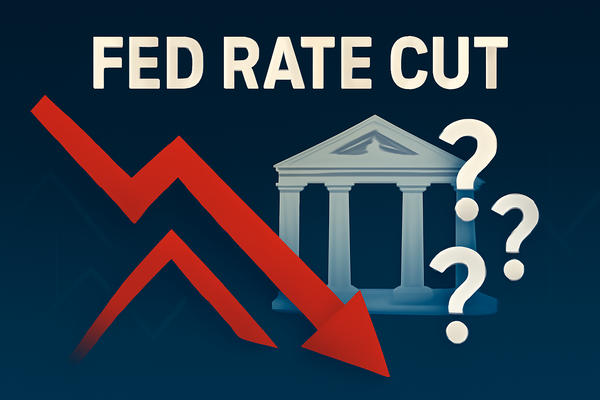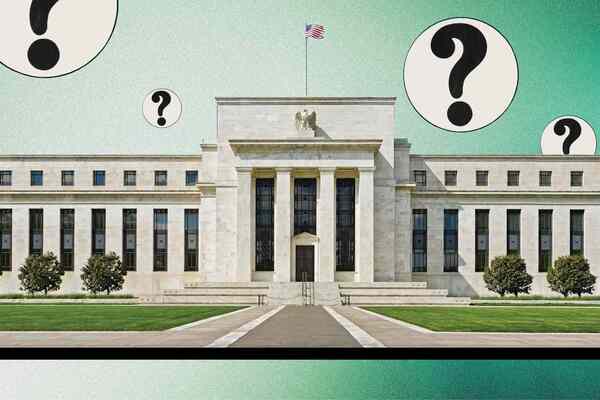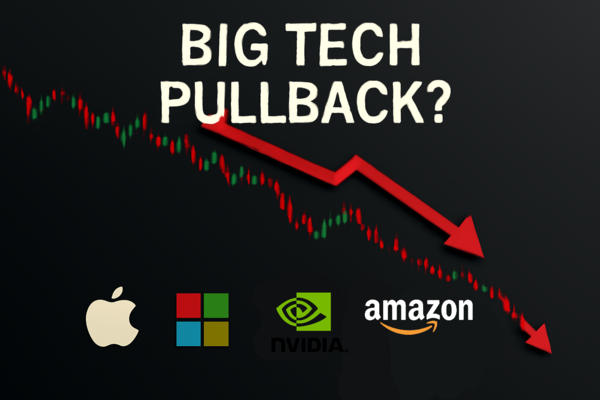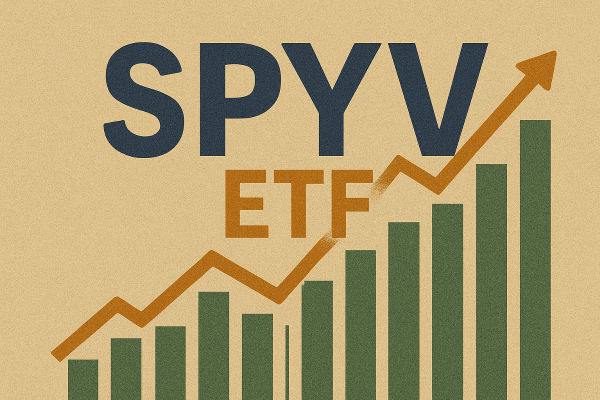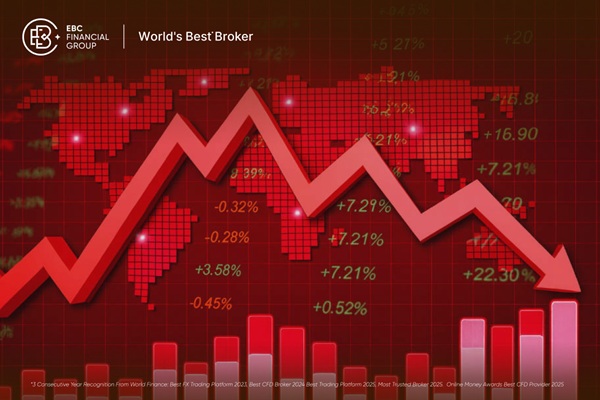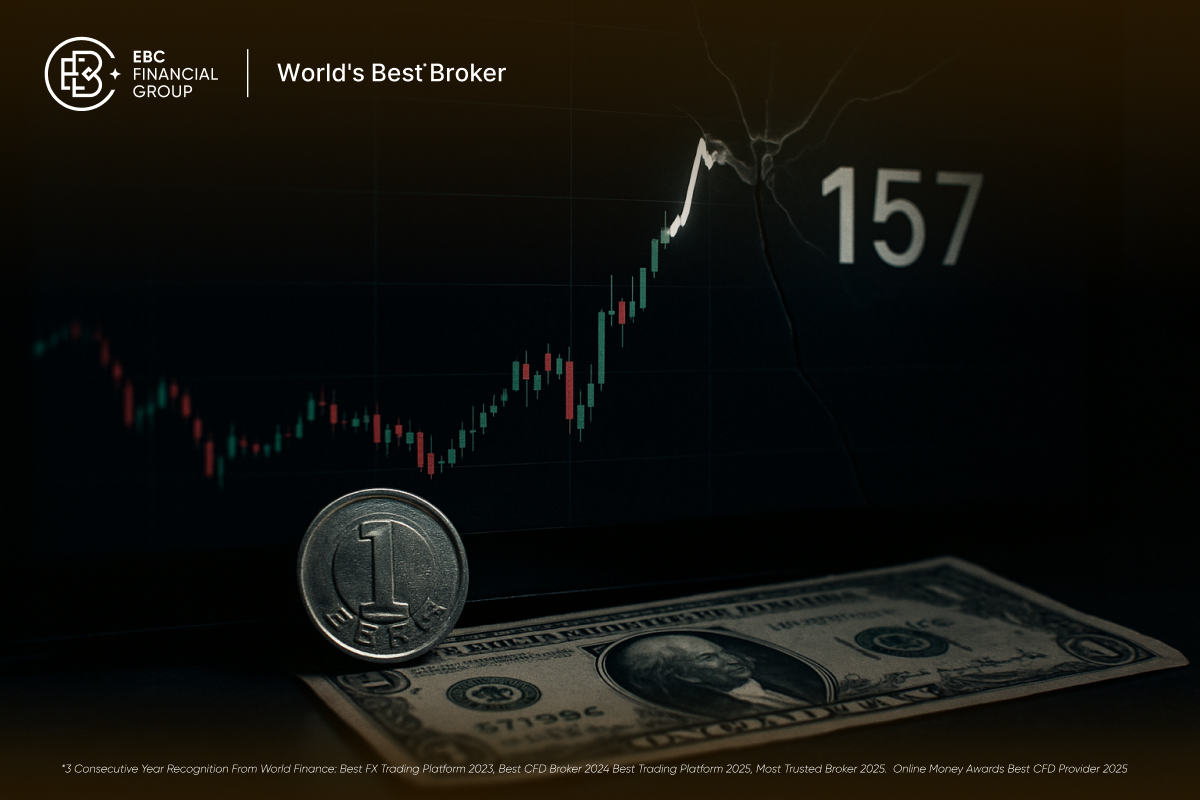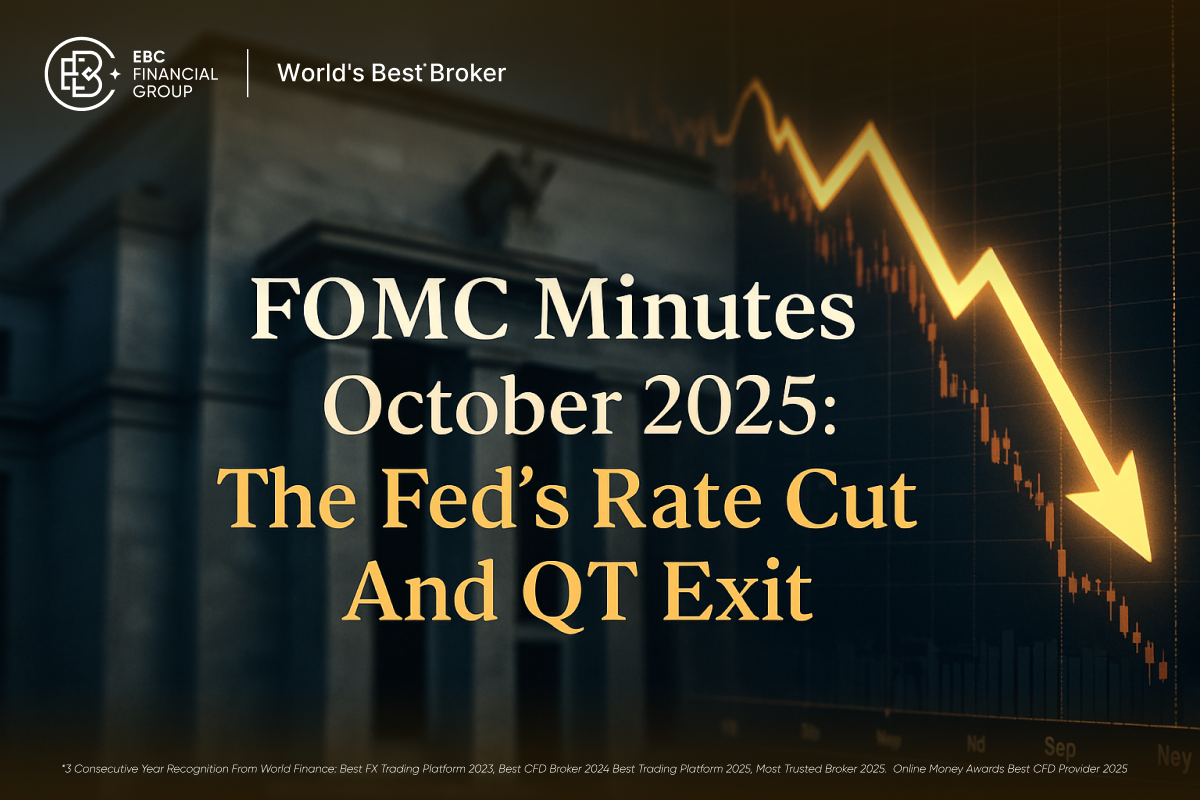The Fed rate cut is a critical tool used by the U.S. Federal Reserve to influence the economy. When the Federal Reserve reduces its federal funds rate, it directly impacts borrowing costs across the financial system.
This action has far-reaching effects, influencing everything from consumer loans to business investments. So, what does a Fed rate cut actually mean, and how does it affect you?
What Is a Fed Rate Cut?
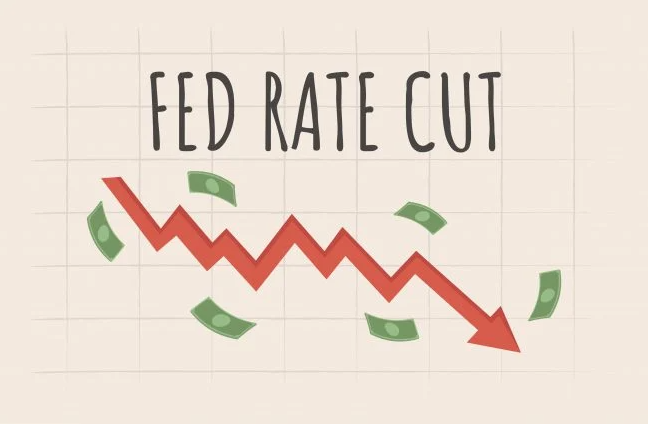
A Fed rate cut happens when the Federal Reserve lowers the target interest rate, which is the federal funds rate. This rate determines how much banks charge each other for overnight loans. A reduction in this rate usually results in lower interest rates for mortgages, car loans, and credit cards, making borrowing more affordable.
The purpose of a Fed rate cut is to stimulate economic growth. By making borrowing cheaper, the Fed hopes to encourage people to spend and invest more. This is especially important during economic downturns, as it can help boost consumer demand and support job creation.
Why Does the Fed Cut Rates?
The Federal Reserve typically cuts rates in response to an economic slowdown or to ward off deflation. When the economy weakens, consumers and businesses tend to reduce spending.
A Fed rate cut lowers the cost of borrowing, making it more attractive for people to buy goods and services, and for businesses to invest in new projects or hire additional workers. This increase in economic activity can help reduce unemployment and prevent further economic decline.
The Fed might also lower rates if inflation is too low. By reducing borrowing costs, the Fed can encourage spending and help push prices upward to avoid the threat of deflation. In short, the goal of a Fed rate cut is to stimulate economic activity and support stable prices.
How Does a Fed Rate Cut Affect the Economy?
The effects of a Fed rate cut can be widespread. First and foremost, it makes borrowing less expensive. Consumers are more likely to take out loans for large purchases, such as homes and cars, when interest rates are lower. This increased spending can boost demand in various sectors of the economy.
For businesses, lower rates reduce the cost of financing new projects or expanding operations. This can lead to greater investment in capital goods, such as machinery and equipment, and might even lead to hiring more workers. When businesses invest more, it helps to spur overall economic growth.
The Fed rate cut can also influence the stock market. Lower interest rates make bonds less attractive due to their lower returns. As a result, more money might flow into the stock market, driving up Stock Prices. Additionally, the housing market tends to benefit from a Fed rate cut, as mortgage rates usually decrease, making homeownership more affordable for buyers.
What Does a Fed Rate Cut Mean for You?
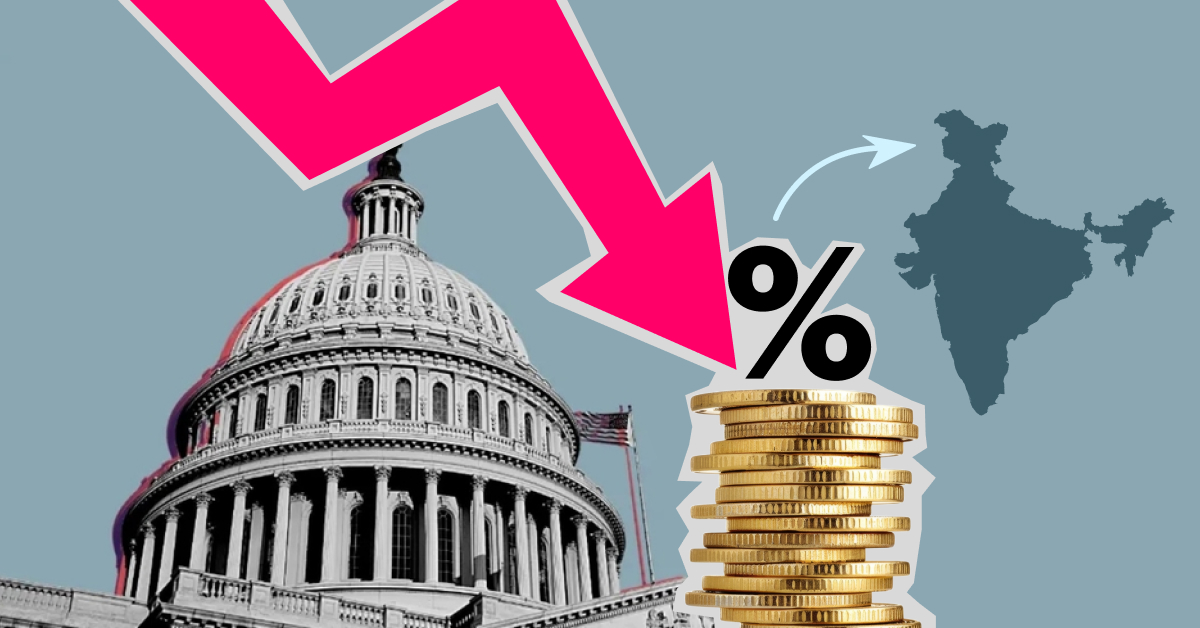
For individuals, a Fed rate cut can have both positive and negative effects, depending on their financial circumstances. If you have an adjustable-rate mortgage or other loans, a Fed rate cut could lower your monthly payments, as the interest rates on your loans would decrease. Similarly, people looking to borrow money to buy a home or a car may find that the rates are more affordable, making those large purchases easier to manage.
On the flip side, savers might see lower returns on savings accounts, CDs, and other fixed-income investments. With interest rates dropping, banks will offer lower yields on these types of accounts, meaning savers may not earn as much from their deposits.
If you are an investor, a Fed rate cut may have mixed effects. On one hand, lower rates can make stocks more attractive compared to bonds, potentially leading to higher stock prices. However, if the rate cut signals a weak economy, it may cause uncertainty in the markets, leading to increased volatility.
When Will the Next Fed Rate Cut Happen?
Predicting exactly when the Federal Reserve will decide to cut rates can be challenging. The Fed's decision is based on a variety of economic indicators, including inflation, unemployment, and overall economic growth.
If economic conditions worsen, such as a slowdown in consumer spending or an increase in unemployment, the Fed may decide to lower rates to help stimulate the economy. Likewise, if inflation continues to fall below the Fed's target, they may use a rate cut as a tool to raise demand and push prices higher.
Economic events around the world can also influence the timing of a Fed rate cut. A slowdown in other major economies, such as Europe or China, can prompt the Fed to take action to safeguard the U.S. economy. Additionally, market expectations can play a role, as investors and analysts often speculate on potential rate cuts based on economic data.
Potential Risks of a Fed Rate Cut
While a Fed rate cut can provide a short-term boost to the economy, it's not without risks. Prolonged low-interest rates can fuel asset bubbles, particularly in markets like real estate and stocks. When borrowing is cheap, people may take on too much debt or invest in riskier assets, leading to inflated prices. If these bubbles burst, it could lead to economic instability.
Another potential downside is that low interest rates can create an environment where people become overly reliant on debt. If too many individuals or businesses take on excessive debt, they may struggle to repay it when the economy slows down or rates rise again.
Conclusion
A Fed rate cut can have significant implications for the economy, businesses, and individuals. By lowering borrowing costs, the Federal Reserve hopes to stimulate economic activity and support growth. While it can lead to more affordable loans and encourage investment, there are also risks associated with prolonged periods of low interest rates.
Understanding how the Fed rate cut affects your finances and the broader economy is crucial for making informed decisions, especially when it comes to managing debt and investments.
Disclaimer: This material is for general information purposes only and is not intended as (and should not be considered to be) financial, investment or other advice on which reliance should be placed. No opinion given in the material constitutes a recommendation by EBC or the author that any particular investment, security, transaction or investment strategy is suitable for any specific person.








